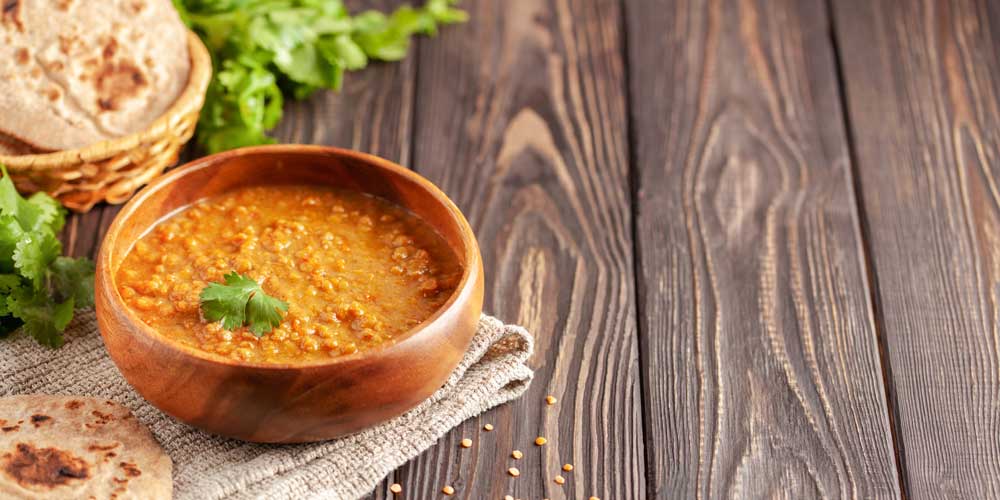In 2021, 97-year-old A Pappamal received the Padma Shri from the Indian Government in recognition of her work in organic farming. With money earned from a small store, she purchased 10 acres of land in Tamil Nadu and started cultivating pulses. She died last year at 100, but continued to work in the fields till the very end.
India’s last Agricultural Census states that out of an estimated 118.7 million cultivators, 30.3 per cent were female. Out of an estimated 144.4 million agricultural labourers, 42.6 per cent were females. However, unlike Pappamal, these women have no ownership over farmlands -only 2 per cent belongs to women. In a country, where pulses are the staple diet across states and cultures, not enough women are involved in decision-making to ensure proper production of these crops.
Ever since 2018, the United Nations General Assembly (UNGA) has recognised Feb 10 each year as World Pulses Day as part of their sustainable development goals. This is after the successful implementation of the International Year of the Pulses, implemented by the FAO in 2016.
FAO announced the theme for World Pulses Day 2025 as ‘Pulses: Bringing Diversity to Agrifood Systems’, with the slogan ‘Love Pulses for a Healthy Diet and Planet’. They announced that pulses are more than just a crop – they're a solution to some of the biggest challenges in agriculture and nutrition. ‘As a cornerstone of sustainable agriculture,’ explains legume expert and FAO Agricultural Officer Teodardo Calles, ‘pulses have a unique ability to fix atmospheric nitrogen and unlock soil-bound phosphorous making them essential for building resilient agrifood systems.’
The FAO also states, ‘These nutrient-dense crops are rich in protein, fibre, and carbohydrates and provide nourishment while enhancing sustainable farming practices. By diversifying our crop systems, pulses help break cycles of diseases, pests, and weeds, while enriching soil nutrients. From farm to table, pulses are a key ingredient to healthier diets and more resilient agrifood systems. This year’s theme underscores the vital role of pulses in promoting diversity – both above and below the ground. When we integrate pulses into our diets and agrifood systems, we unlock a more sustainable, nutritious, and equitable future.’
Every country has its own indigenous pulses; from North American Pinto beans to South East Asian Adzuki beans. India however, boasts an astounding diversity of pulses, with food traditions that include them in every meal and celebration. The country accounts for 25 per cent of global production and 27 per cent of world consumption. India also imports 14 per cent of its pulses. At the heart of the cultivation of pulses, are women farmers.

Like every other agricultural process, growing pulses involves preparing the soil, weeding, and harvesting. They also participate in post-harvest processes, such as producing besan (chickpea flour) from channa (chickpea). Empowering women to own farmlands and make key decisions can lead to enhanced food security and a more sustainable agricultural system within the country. They can also increase rural livelihoods and reduce the social gender parity. With benefits such as increased access to credit and technology, we can have a population of empowered ‘female farmers’, rather than simply agricultural labour.
Dr Karthika Madhavan, nutritionist and dietician tells us about the benefits of pulses, and how we can include them in our diet:
- Pulses are important for everyone, but pregnant women should include a wide range in their diet. These powerhouses help to keep both mother and foetus safe. They are rich in iron, which can help combat anemia and iron deficiency in expecting mothers. They also contain folate which can prevent neural tube defects and other developmental issues in children.
- For people on a plant-based diet, pulses are a vital protein source. Green peas, urad dal, green gram, and cow peas are great choices that can be seamlessly integrated into an Indian diet. Soybeans contain the highest sources of protein, so you can eat a bowlful of those once a week.
- Pulses contain several micronutrients, which often get lost in the whole protein-and-fibre dialogue. Iron, potassium, zinc, C, and B vitamins are found, along with selenium, calcium, and phosphorous.
- Soaking pulses overnight, or for 7-8 hours, can soften them and make cooking easier. It also removes a lot of the compounds that cause digestive discomfort. One of these is lectin. Some pulses, such as moong dal or masoor dal may not require prior soaking. Always rinse your lentils well before soaking, and check for any stones.
- Remember not to overcook your pulses as they can become mushy and lose much of the fibre content that makes them desirable. The key is to achieve a fine balance in texture.
This year, on World Pulses Day, let’s make a commitment to support the indigenous pulses within our regions. This supports sustainable farming practices, while also ensuring the progress of female farmers within our communities.